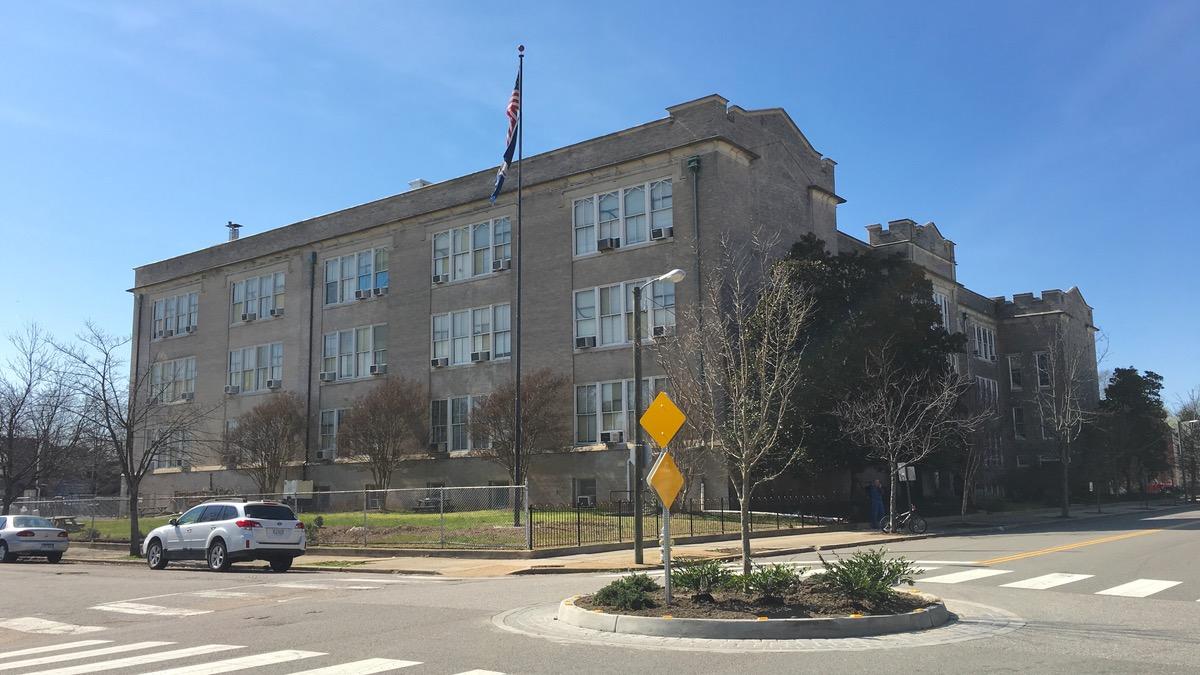Floyd Avenue motorists are facing a different kind of bumper yield
How does one even function as a motorist on Floyd Avenue anymore? The answer lies within (your heart) (and this article by Mike MacKenzie).

Floyd Avenue’s transition to a “bike/walk” street

Traffic circles, roundabouts, rotaries, and “circular intersections” have challenged the rugged individualism of American drivers for generations, immortalized on film by the plight of the Griswolds. Reports suggest Richmond motorists have likewise struggled with elliptical traffic patterns.
The term “traffic circle” has referred to large, high speed, multiple-lane rotary intersections–hardly descriptive of the small islands in Floyd Avenue. “Roundabout” generally refers to a smaller circular island designed to slow traffic rather than circulate it. The Virginia Department of Transportation has a comparative chart available for curious readers.
Fortunately for those of us who don’t wish to commit the nuances of traffic circulation terminology to memory, a 2013 addition to the Code of Virginia makes these differences a moot point. Any intersection with a circular island at its center–including roundabouts, rotaries, and traffic circles–is defined as a “circular intersection.” Traffic approaching a circular intersection–any circular intersection–must follow one rule: yield the right of way to vehicles that are already in the circle.
Well, that and all the other rules of the road.
Whether a driver is entering an intersection from Floyd Avenue or from a side street, the driver must yield to any traffic in the circle. That traffic may be an automobile or a bicycle, and it may be traveling in any direction. It may be going straight, turning left, or making a U-turn. If it’s in the circle, it has the right of way according to Virginia law.
To explain, here’s a very simple flow chart for a motorist approaching a circular intersection:
Is there traffic in the circle?
- Yes: Yield the right of way.
- No: Proceed in a safe and non-reckless manner at or below the posted speed limit.
North says the City is in the process of updating the signs around the 40 circular intersections in Richmond–including those on Floyd Avenue–to reflect the interpretation of the Virginia Code that all circular intersections must operate in this manner. She also cautions that motorists should take pedestrians and cyclists into account while driving, particularly on residential streets such as Floyd Avenue.
-
Recommend this
on Facebook -

Report an error
-

Subscribe to our
Weekly Digest





There are 4 reader comments. Read them.